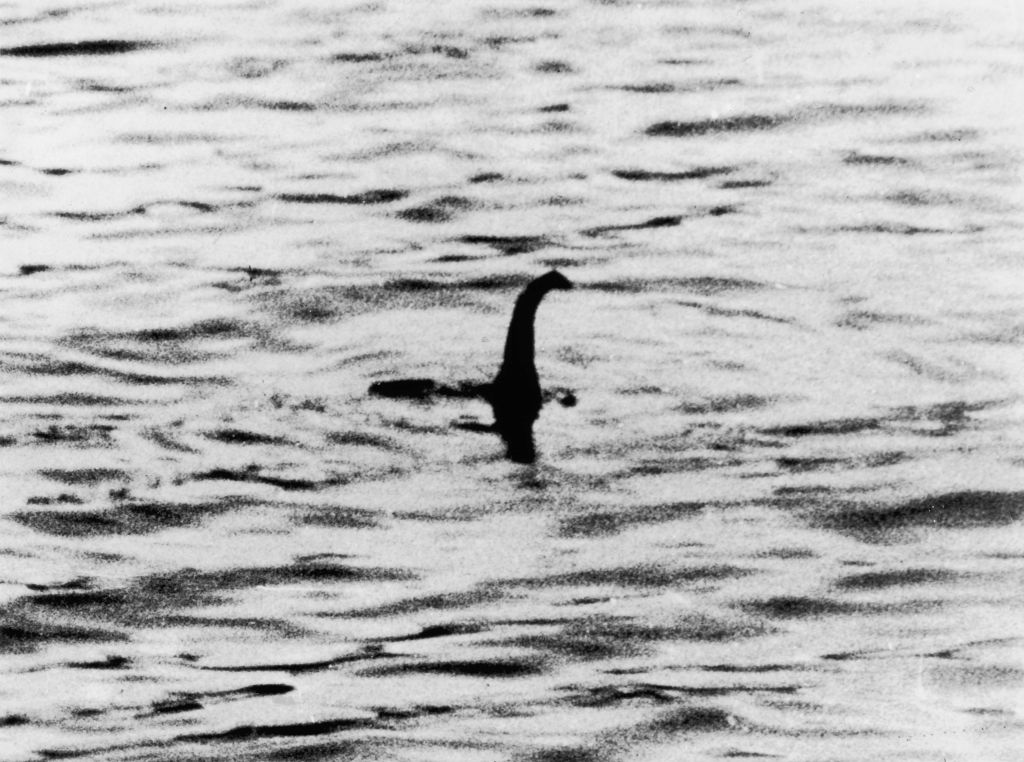Archaeologists discover a treasure-laden shipwreck from the Crusades


The year 1291 A.D. was a dark year for Christian Crusaders in the Holy Land. When the Crusader capital of Jerusalem was lost to Saladin in 1187, the Haifa Bay port of Acre became the new landing site for European soldiers, knights, and horses as well as an international trading hub for the export of sugar, spices, glass, and textiles back to Europe. But by the spring of 1291, an Egyptian sultan, Al-Ashraf Khalil, had moved in with 100,000 cavalry and foot soldiers to banish the Crusaders from the Holy Land once and for all.
Marine archeologists have now discovered the remains of a treasure-laden Crusader ship that they have reason to believe was one of many vessels that tried to flee Acre when the sultan stormed the city, Haaretz reports. The wood on the ship dates back to between 1062 and 1250 A.D. but among the keel and planks that remain the archaeologists also discovered 30 gold coins.
These coins are the key to linking the wreck to the fleeing Crusaders. Robert Kool of Israel Antiquities Authority identified the coins as "florins," which were minted in Florence beginning in 1252. Historical eyewitnesses from the Siege of Acre recorded that nobles and merchants would use such valuables to bribe boats owners in the hope of buying their escape. Among the wreckage, archaeologists also found ceramic bowls and jugs from places like southern Italy, Syria, and Cyprus.
Subscribe to The Week
Escape your echo chamber. Get the facts behind the news, plus analysis from multiple perspectives.

Sign up for The Week's Free Newsletters
From our morning news briefing to a weekly Good News Newsletter, get the best of The Week delivered directly to your inbox.
From our morning news briefing to a weekly Good News Newsletter, get the best of The Week delivered directly to your inbox.
In the end, Acre fell to the sultan after 100 years of Frankish rule, with the final defenders, a group of Knights Templar, ultimately crushed beneath the fortress after refusing to abandon it. At the siege's end, the Catholic Church abandoned the Jerusalem Crusades.
Sign up for Today's Best Articles in your inbox
A free daily email with the biggest news stories of the day – and the best features from TheWeek.com
Jeva Lange was the executive editor at TheWeek.com. She formerly served as The Week's deputy editor and culture critic. She is also a contributor to Screen Slate, and her writing has appeared in The New York Daily News, The Awl, Vice, and Gothamist, among other publications. Jeva lives in New York City. Follow her on Twitter.
-
 Colleges are canceling affinity graduations amid DEI attacks but students are pressing on
Colleges are canceling affinity graduations amid DEI attacks but students are pressing onIn the Spotlight The commencement at Harvard University was in the news, but other colleges are also taking action
-
 When did computer passwords become a thing?
When did computer passwords become a thing?The Explainer People have been racking their brains for good codes for longer than you might think
-
 What to know before 'buying the dip'
What to know before 'buying the dip'the explainer Purchasing a stock once it has fallen in value can pay off — or cost you big
-
 Nobody seems surprised Wagner's Prigozhin died under suspicious circumstances
Nobody seems surprised Wagner's Prigozhin died under suspicious circumstancesSpeed Read
-
 Western mountain climbers allegedly left Pakistani porter to die on K2
Western mountain climbers allegedly left Pakistani porter to die on K2Speed Read
-
 'Circular saw blades' divide controversial Rio Grande buoys installed by Texas governor
'Circular saw blades' divide controversial Rio Grande buoys installed by Texas governorSpeed Read
-
 Los Angeles city workers stage 1-day walkout over labor conditions
Los Angeles city workers stage 1-day walkout over labor conditionsSpeed Read
-
 Mega Millions jackpot climbs to an estimated $1.55 billion
Mega Millions jackpot climbs to an estimated $1.55 billionSpeed Read
-
 Bangladesh dealing with worst dengue fever outbreak on record
Bangladesh dealing with worst dengue fever outbreak on recordSpeed Read
-
 Glacial outburst flooding in Juneau destroys homes
Glacial outburst flooding in Juneau destroys homesSpeed Read
-
 Scotland seeking 'monster hunters' to search for fabled Loch Ness creature
Scotland seeking 'monster hunters' to search for fabled Loch Ness creatureSpeed Read